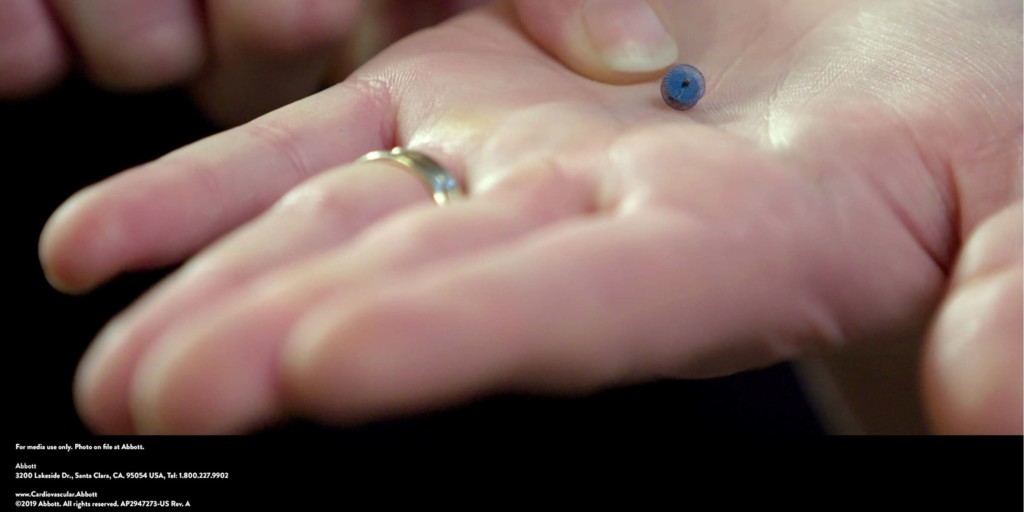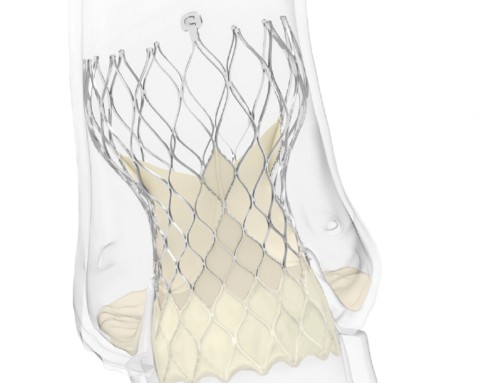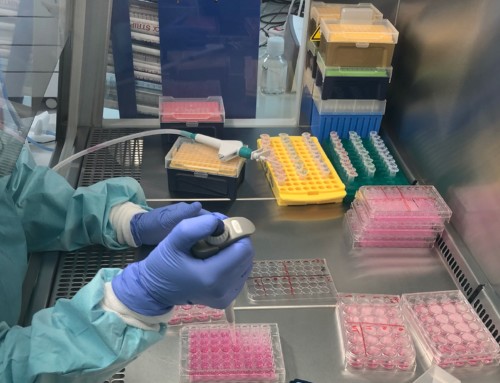
Piccolo Occluder
Two of Abbott’s paediatric devices—Masters HP 15mm rotatable mechanical heart valve and the Amplatzer Piccolo Occluder—have received European approval (CE mark). A press release reports that the devices, available in the USA, offer young paediatric patients and their families “hope when no other suitable treatment option may exist”.
The press release adds that, at just 15mm (smaller than 1c Euro), the Masters valve is the first and only paediatric mechanical heart valve developed for newborns and infants who require mitral or aortic heart valve replacement. The valve is a rotatable, bileaflet mechanical heart valve designed for implantation in the mitral or aortic position and is part of the Masters Series line, which now includes seven valves with diameter sizes ranging from 15 to 27mm. Until this device was available, according to the press release, surgeons could only use a range of larger-sized valves to replace a paediatric heart valve that could not be repaired—which could result in improper fit and complications. The Masters paediatric valve was approved in the USA in March 2018 and in Canada in October 2018.
The Amplatzer Piccolo, approved in the USA in January 2019, is a self-expanding, wire mesh device that is inserted through a small incision in the leg and guided through vessels to the heart, where it is placed to seal the opening in the heart in patients with patent ductus arteriosus (PDA). The press releases note that many of the premature babies who are critically ill in the neonatal intensive care unit are able to be weaned from artificial respirator support soon after the minimally invasive procedure.
Michael Dale, vice president of Abbott’s structural heart business, says: “Devices like these are among the best examples of our promise at Abbott to help people live their fullest lives—in this case, young babies and children for whom these treatments are nothing short of miraculous. While the children who benefit from these therapies represent a very small segment of the total population with structural heart disease, these advanced technologies enable physicians to treat vulnerable paediatric patients who otherwise have limited options.”





